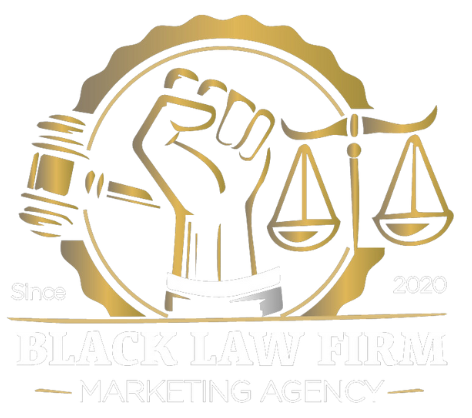Ad Creative Catastrophe: The Mistake Black Lawyers Make with Ads That Don't Resonate
Why Your Marketing Dollars Are Missing the Mark
For Black-owned law firms, effective marketing isn't just about visibility; it's about connection and trust. You’re not just selling legal services; you’re offering culturally competent representation and a voice that understands specific community experiences. However, many Black lawyers—even those with deep community roots—fall into a critical trap when creating digital ads: they use generic, off-the-shelf creative that fails to reflect their unique value proposition or speak authentically to their target audience. This Ad Creative Catastrophe leads to low click-through rates, wasted ad spend, and, most importantly, missed opportunities to serve potential clients who are actively looking for a firm like yours.
Black Law Firm Marketing Agency has been providing Affordable A.I Powered, Results-Driven Digital Marketing Solutions to Black Lawyers and Black-Owned Law Firms since 2020. We see this mistake repeatedly: highly competent firms relying on boring, stock-photo-heavy creative that blends into the digital noise rather than breaking through it. The mistake isn't in the platform (Google, Facebook, Instagram); it's in the creative content itself.
The Anatomy of an Unresonant Ad
An ad fails to resonate when it overlooks the psychological and cultural cues that drive a potential client’s decision-making process. For Black lawyers marketing to the Black community, this failure is often rooted in three major areas.
Mistake 1: The Curse of Generic Imagery
The most visible and immediate mistake is the use of bland, generic visuals. These are the advertisements featuring:
- A Handshake Over a Desk: This image is the universal sign for "law firm," which means it tells your potential client absolutely nothing about your firm. It suggests a lack of creativity, budget, or genuine connection.
- The Unrelatable Stock Photo: Ads often feature stock images of models that look disconnected from the target demographic in Philadelphia, Atlanta, or Houston. Potential clients scroll past, seeing an ad that doesn't mirror their reality. The visuals fail the crucial "quick scroll test," where a user decides in milliseconds whether to engage.
- Focus on the Building, Not the People: Some firms prioritize showing off a shiny office building or courtroom, symbolizing prestige. While intent is often good, the impact can be intimidating or unrelatable to someone facing a personal or financial crisis. Clients don't hire a building; they hire a lawyer they trust.
The Fix: Your ad creative should immediately signal cultural competency. Use images that feature actual members of your firm, show genuine interactions, and reflect the community you serve. Authenticity builds immediate rapport.
Mistake 2: Failing to Address Cultural Pain Points
Effective legal advertising for the Black community must address the specific, often unspoken, context surrounding their legal needs. Generic ads speak broadly; resonant ads speak directly to experience.
- Ignoring the Context of Criminal Justice: Ads for criminal defense must acknowledge the reality of systemic bias. A generic ad saying, "Need a Defense Lawyer?" is far less powerful than one that says, "Fighting for Fair Justice in a System Built on Bias." The latter shows immediate understanding and shared purpose.
- Vague Personal Injury Language: Ads that only focus on the money ("Get the Compensation You Deserve!") miss the emotional core. For many Black families, a severe injury is not just about medical bills; it’s about generational impact, lost income that affects the whole family, and skepticism about the insurance process. Your copy must acknowledge the fight for fairness, not just financial gain.
- The "Silent Barrier" of Trust: Historically, marginalized communities have had reason to distrust legal and financial institutions. An ad that doesn't acknowledge this by demonstrating empathy and transparency will be scrolled past. The copy needs to convey, "We're not just your lawyer; we're your advocate who understands."
The Fix: Inject empathy and specificity into your ad copy. Use language that shows you understand the client’s unique struggle, not just the legal category. Focus on protection, advocacy, and leveling the playing field rather than just broad legal jargon.
Mistake 3: Generic Call-to-Actions (CTAs)
The CTA is the moment of conversion, and many Black law firms rely on incredibly weak, generic commands that create no sense of urgency or value.
- Weak CTAs: "Call Now," "Click Here," or "Learn More." These are commands, not invitations, and they fail to tell the potential client what they gain from taking the action.
- Fear of the "Free Consultation": Many firms offer a "Free Consultation" but bury the offer in small print or use vague language. The value proposition of a free, no-obligation consultation needs to be front and center. For someone navigating a personal crisis, the ability to get expert advice without financial risk is the immediate trigger for a click.
- Lack of Localization and Specificity: An ad that targets Atlanta but uses generic national imagery or non-localized messaging wastes money. Resonant ads must feel local and immediate.
The Fix: Create powerful, value-driven CTAs. Use action-oriented language that highlights the client’s benefit. Examples: "Stop Wage Garnishment: Book Your FREE Consultation," "Fired Unfairly? Get a Free Review of Your Case," or "Don’t Settle for Less: Claim Your Free Case Evaluation." Also, ensure your ad copy and images reference local landmarks or cultural touchstones when appropriate.
Building Resonant Creative: A.I. Powered Solutions
Overcoming the Ad Creative Catastrophe is manageable, especially with the use of advanced digital marketing tools. At BLFMA, we leverage the power of Artificial Intelligence to make your creative resonate deeply.
The Power of Data-Driven Creative Testing
Resonance isn't a guess; it's a measurable outcome. Our A.I. tools enable Black law firms to move away from guesswork and embrace data-driven creative:
- A/B Testing Imagery: We run multiple versions of an ad simultaneously—one with a traditional image, one with a firm partner, one with community-relevant imagery. A.I. quickly identifies which visual generates the highest click-through rate (CTR) and conversion rate.
- Optimizing Headline Tone: A.I. analyzes which headlines—those focused on fear, assurance, urgency, or cultural connection—perform best for specific practice areas (e.g., estate planning vs. personal injury). This ensures your message has the perfect tone.
- Audience Segmentation: Targeting is refined far beyond simple demographics. We use A.I. to test ad creative against hyper-specific segments (e.g., business owners vs. single parents) to ensure the visual and copy feel tailor-made for the person scrolling. This level of personalization is what creates true resonance.
The Non-Negotiable Imperative: Authenticity and Representation
Ultimately, the best strategy is non-algorithmic: Use your own firm’s story and image.
- High-Quality, Professional Photography of Your Team: Invest in professional photos of your actual lawyers and staff. Show the faces that clients will meet. This simple step defeats the "generic stock photo" problem instantly.
- Video Content: Video allows your lawyers to speak directly to the camera, conveying empathy and competence. A short 30-second clip of an attorney saying, "I understand what you're up against, and I’m ready to fight for you," is exponentially more resonant than any static image. A.I. helps identify the most compelling 5-second hooks to ensure viewers stop scrolling.
- Testimonials and Social Proof: Showcasing genuine, specific client success stories (with permission, of course) provides the validation the Black community often seeks when choosing a high-stakes professional service.
Stop Selling Law, Start Selling Advocacy
The Ad Creative Catastrophe is the result of applying generic marketing strategies to a specialized, culturally sensitive market. Black lawyers are not generic, and their marketing shouldn't be either. You offer a valuable, essential service rooted in unique expertise and community understanding.
The path to success lies in moving beyond the "handshake and desk" imagery. Your marketing creative must be Authentic, Empathy-Driven, and Data-Optimized. By investing in resonant visuals, culturally sensitive language, and powerful, value-based CTAs, you not only improve your return on investment but also ensure that the people who need your legal expertise the most can easily recognize and trust your firm. Book a consultation with us today to start leveraging A.I. and authentic creative to connect with the clients you were meant to serve.

